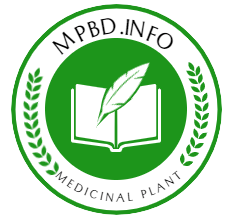
Asparagus RACEMOSUS L.
| Synonym : | Asparagopsis acerosa Kunth Asparagopsis brownei Kunth Asparagus dubius Decne. Protasparagus zeylanicus (Hook.f.) Kamble |
|---|---|
| Bangla Name : | Satamuli.,Shaktichara (Chakma), Mimong tamache (Garo). |
| English Name : | Asparagus. |
| Family : | Liliaceae |
| Disease : | Tonic, refrigerant, demulcent, diuretic, aphrodisiac, antispasmodic, alterative, galactagogue, laxative, expectorant, anti-diarrhoeal and anti-dysenteric, kidney, liver. |
| Description : | A tall, much branched, prickly climber with fascicle of fusiform roots. Cladodes 1.3-2.5 cm long, curved, in tufts of 2-6. Flowers small, white, in solitary or fascicled, simple or branched racemes. Berry small, red. |
| Distribution : | Cultivated in most of the districts |
| Chemical Constituents : | : Asparagus contains steroidal glycosides (asparagosides), bitter glycosides, asparagin and flavonoids. Fresh leaves yield diosgenin and other saponins such as shatavarin I to IV. Flowers and fruits contain glycosides of quercetin, rutin, and hyperoside. |
| Uses : | The root is tonic, refrigerant, demulcent, diuretic, aphrodisiac, antispasmodic, alterative, galactagogue, laxative, expectorant, anti-diarrhoeal and anti-dysenteric, useful in diseases of the kidney and the liver, scalding urine and gleet, promotes lacta |
| Habit : | Climber |


